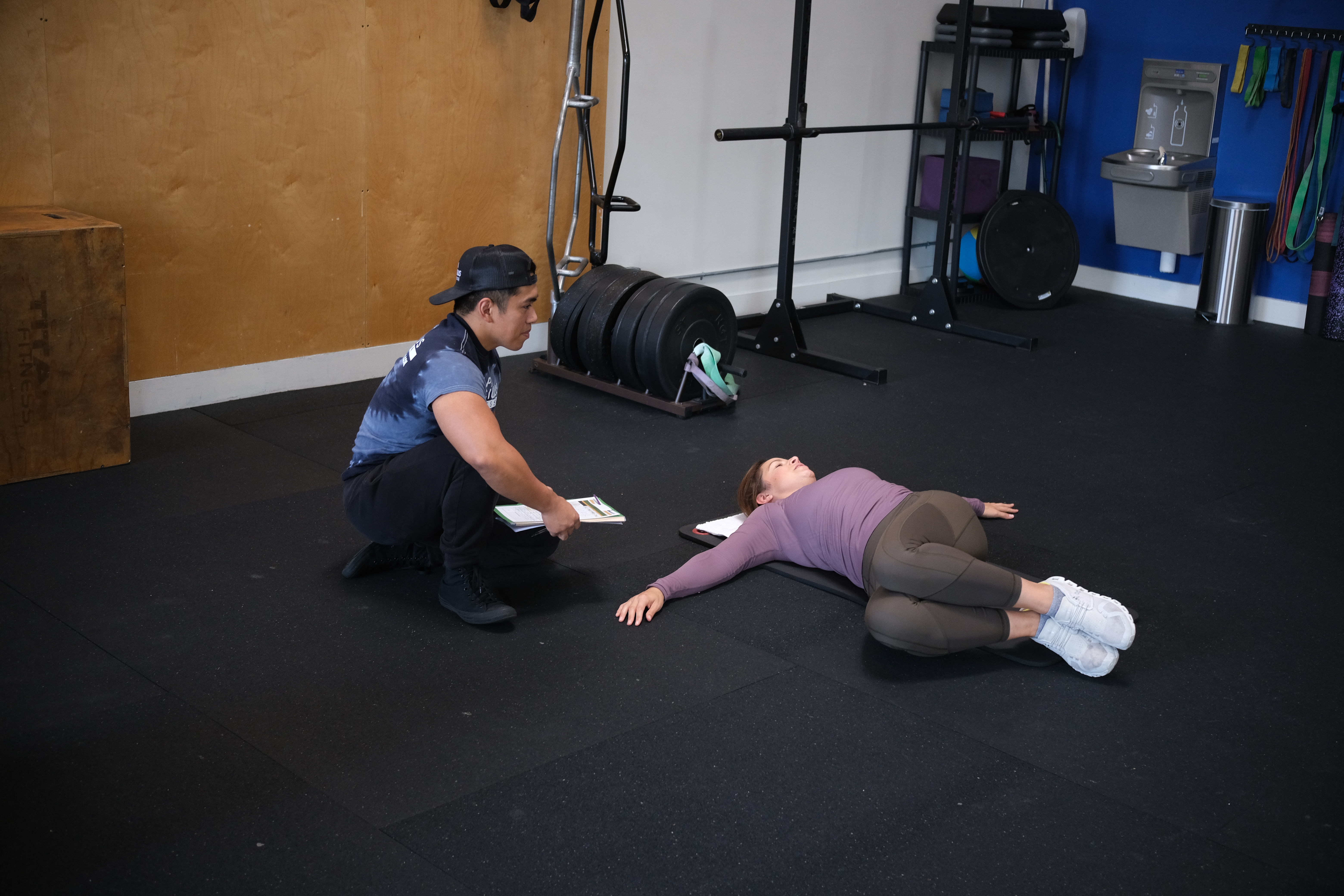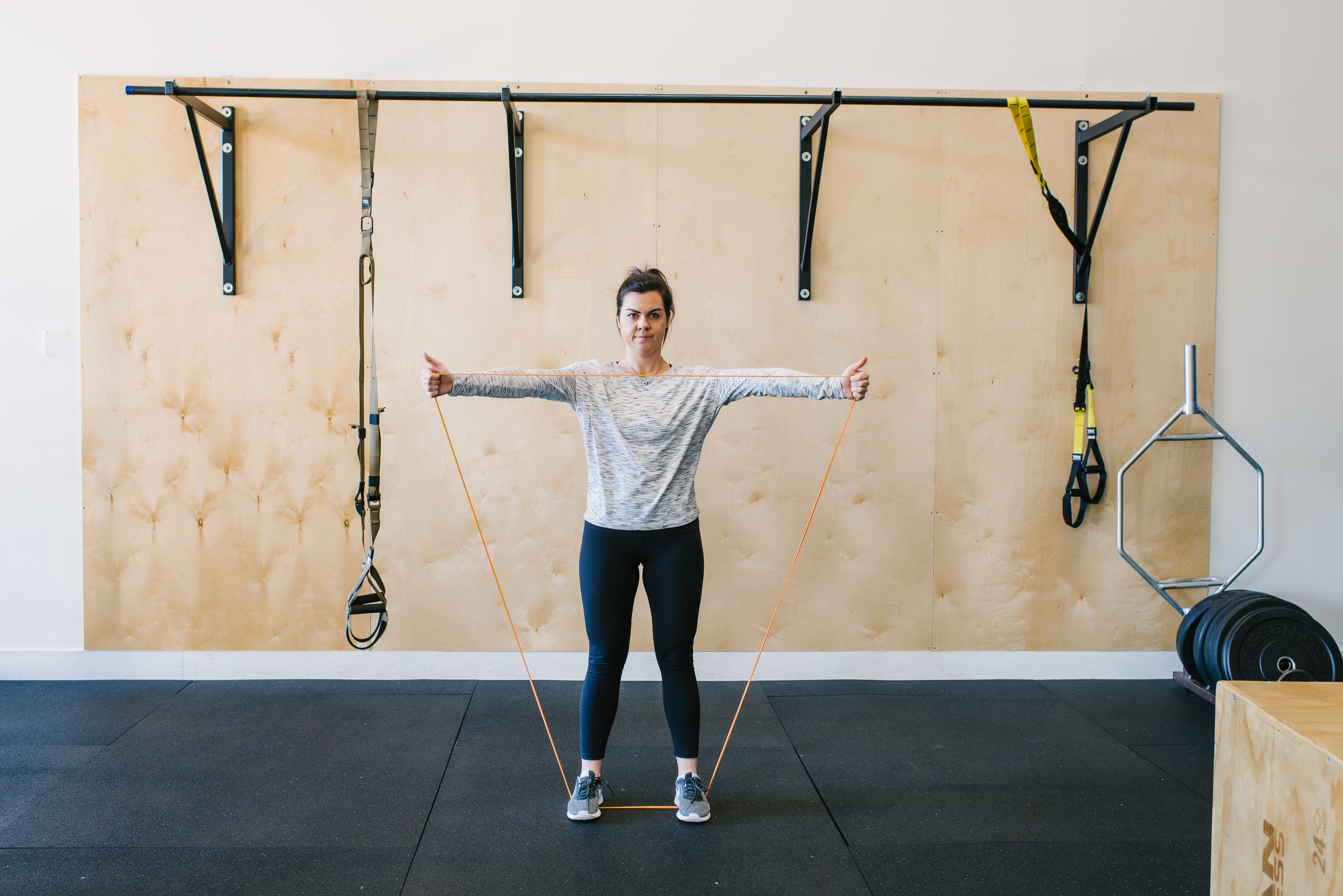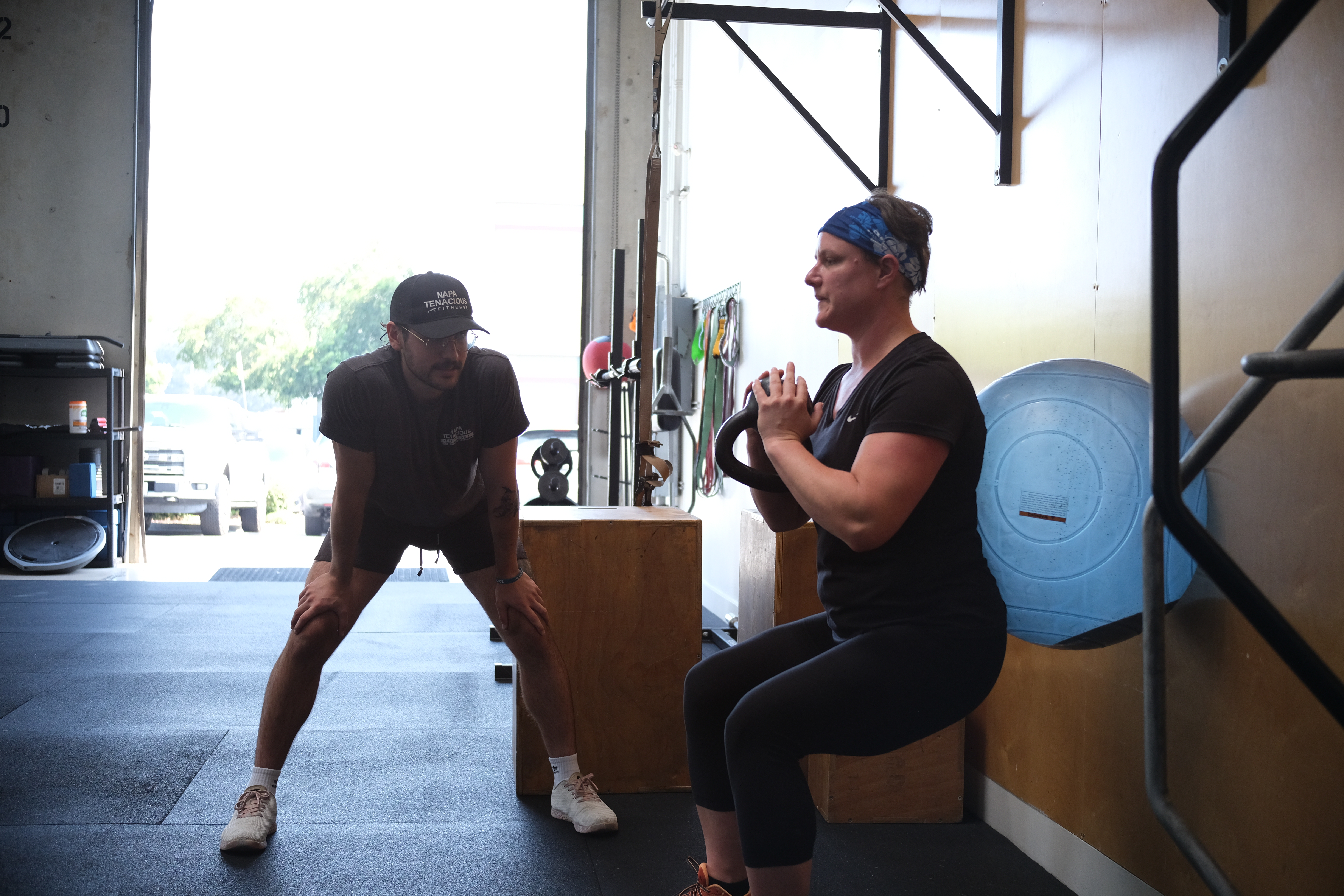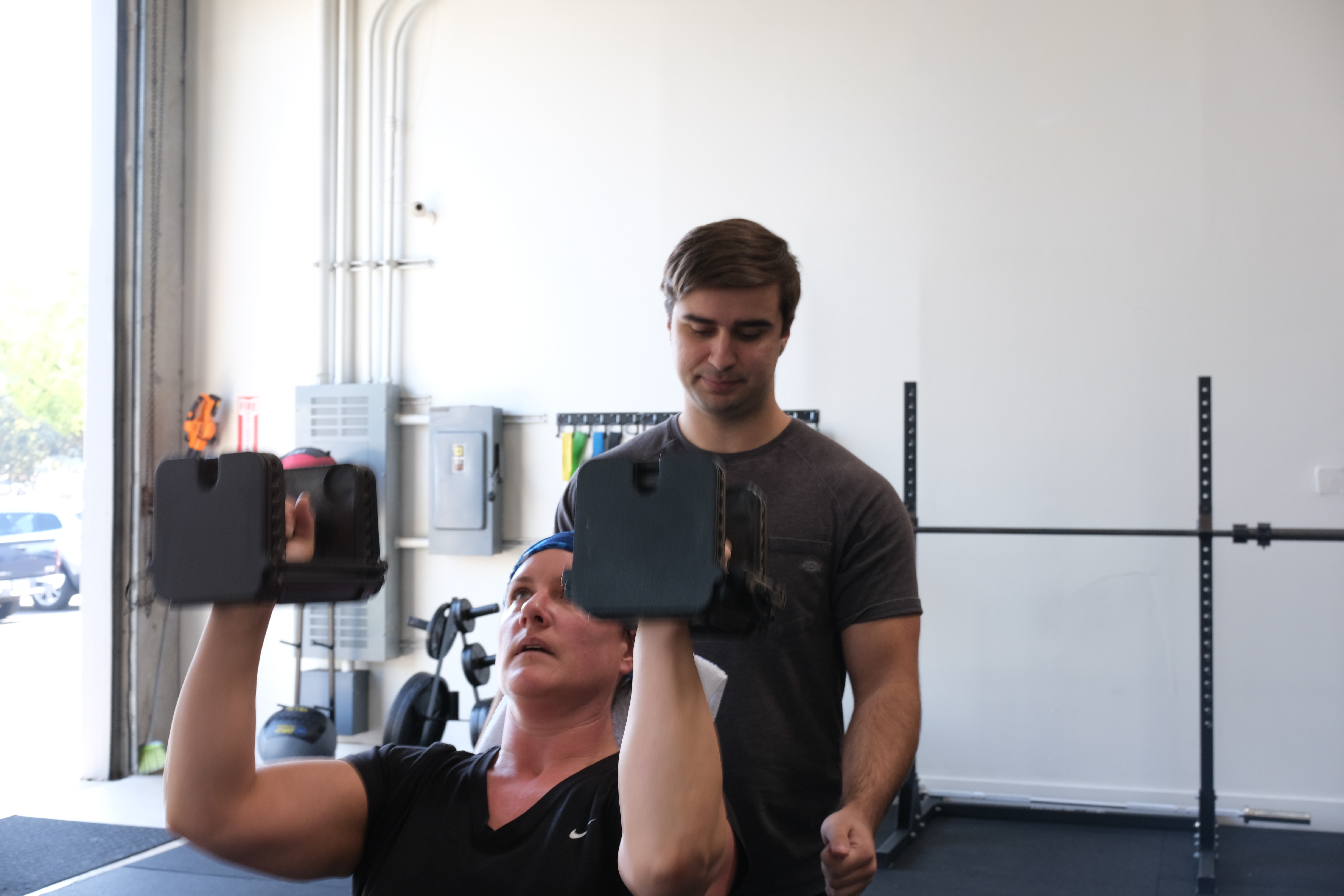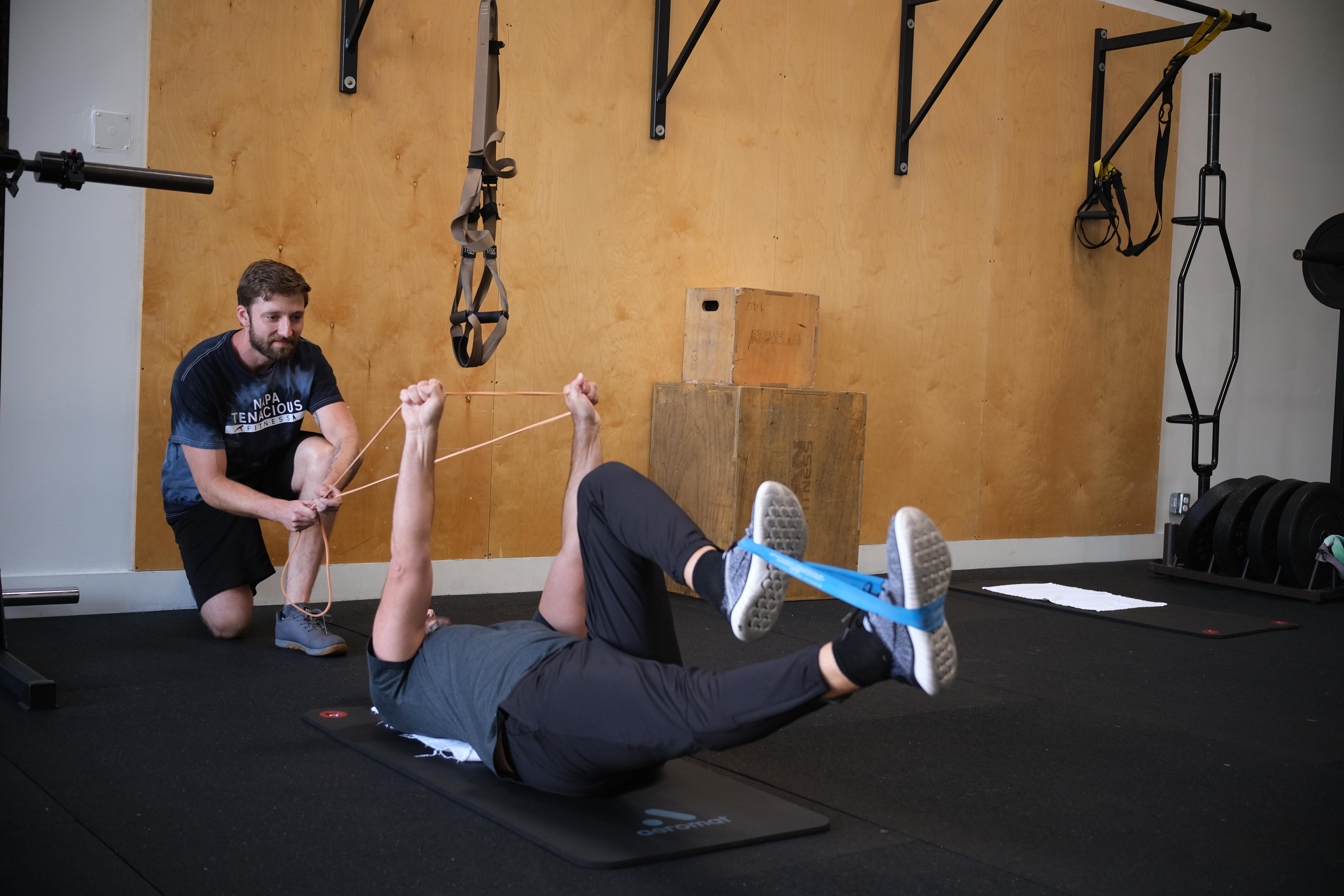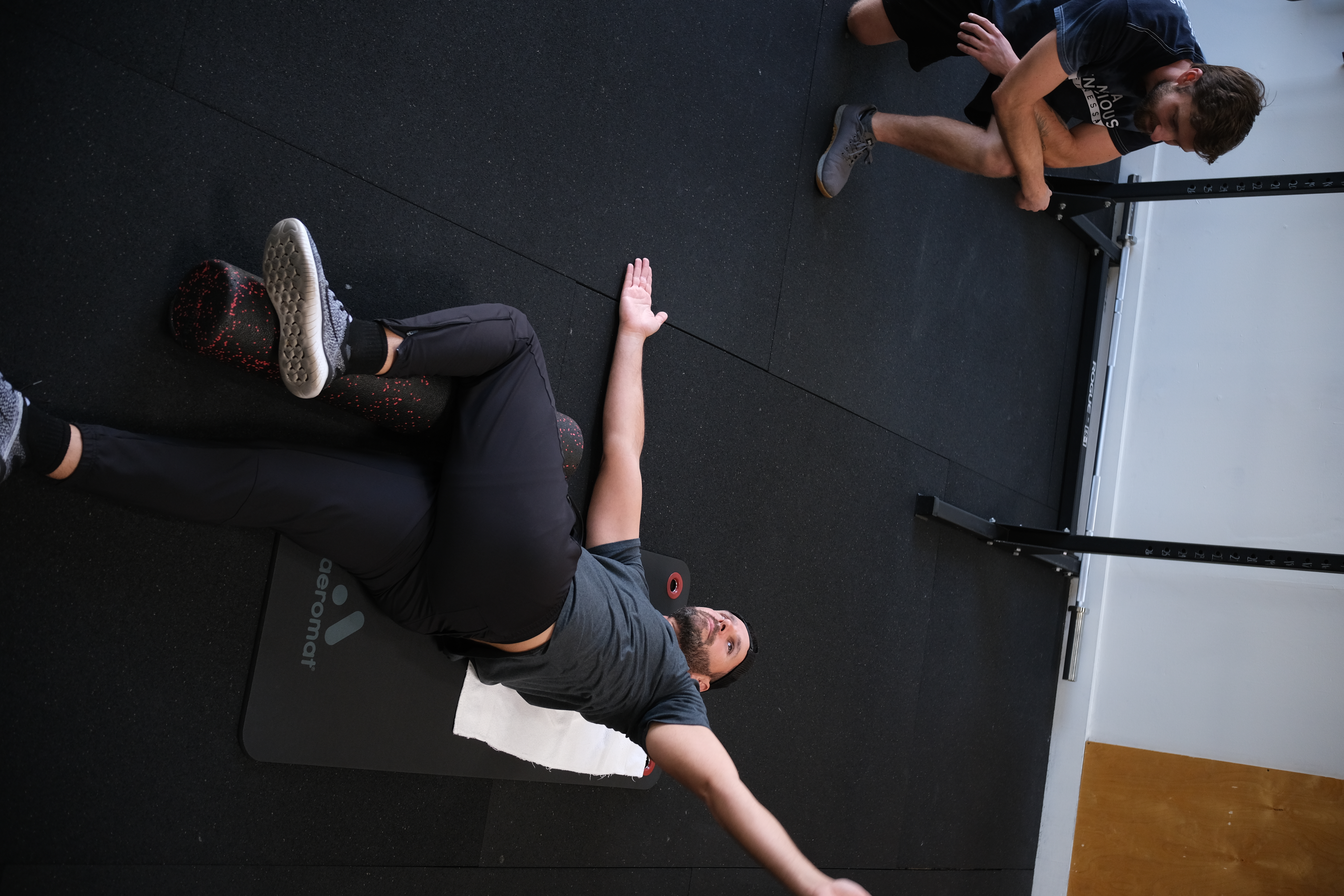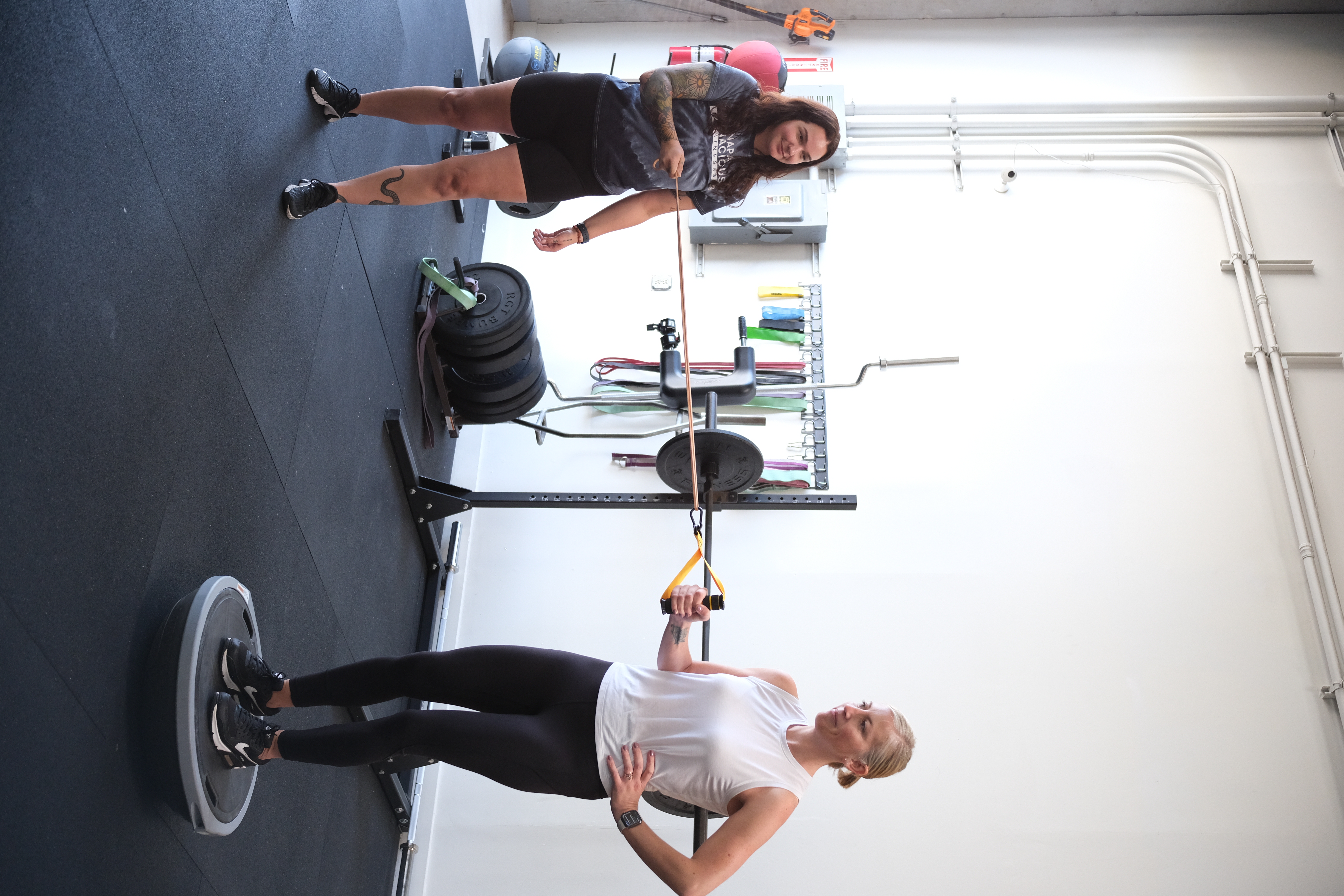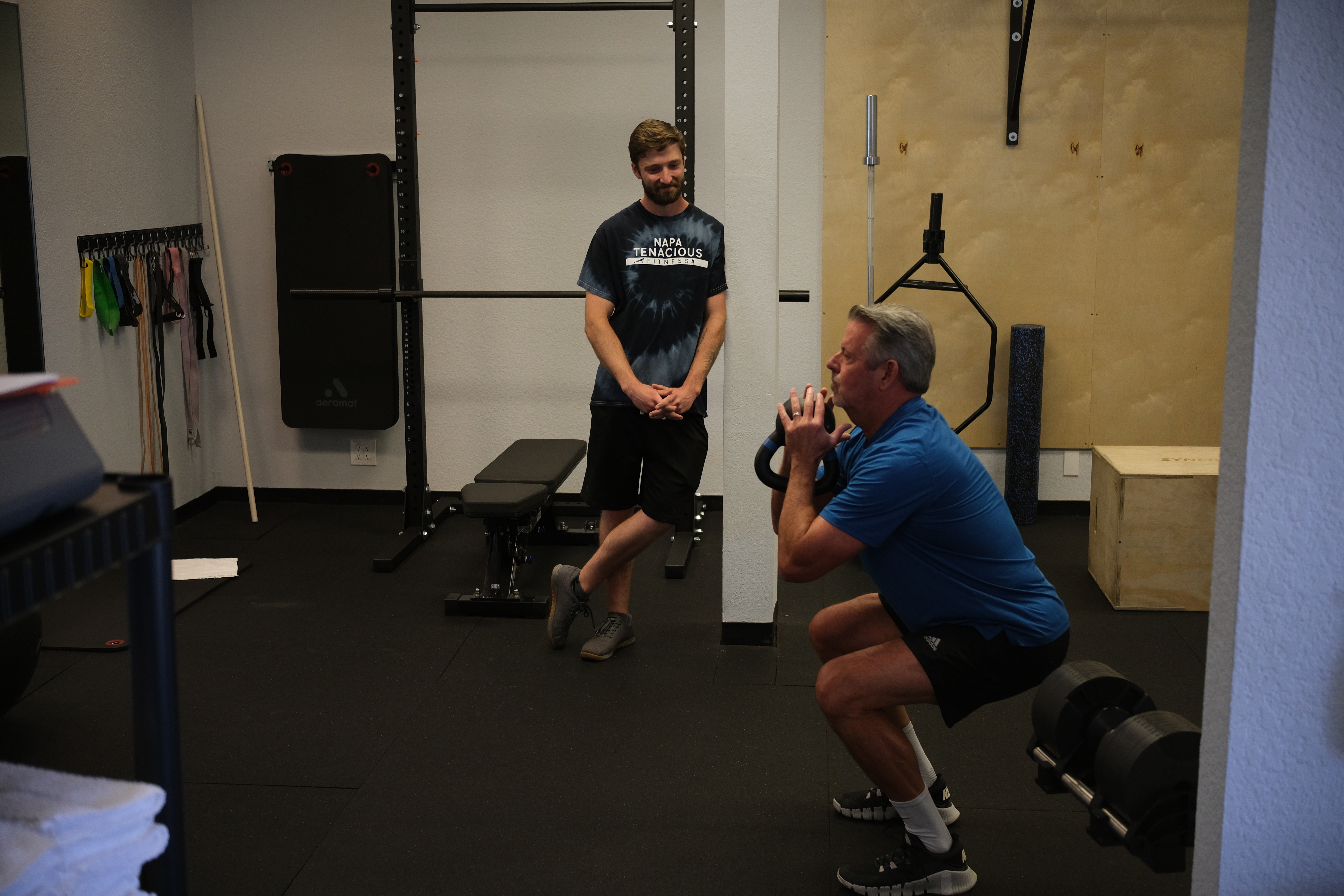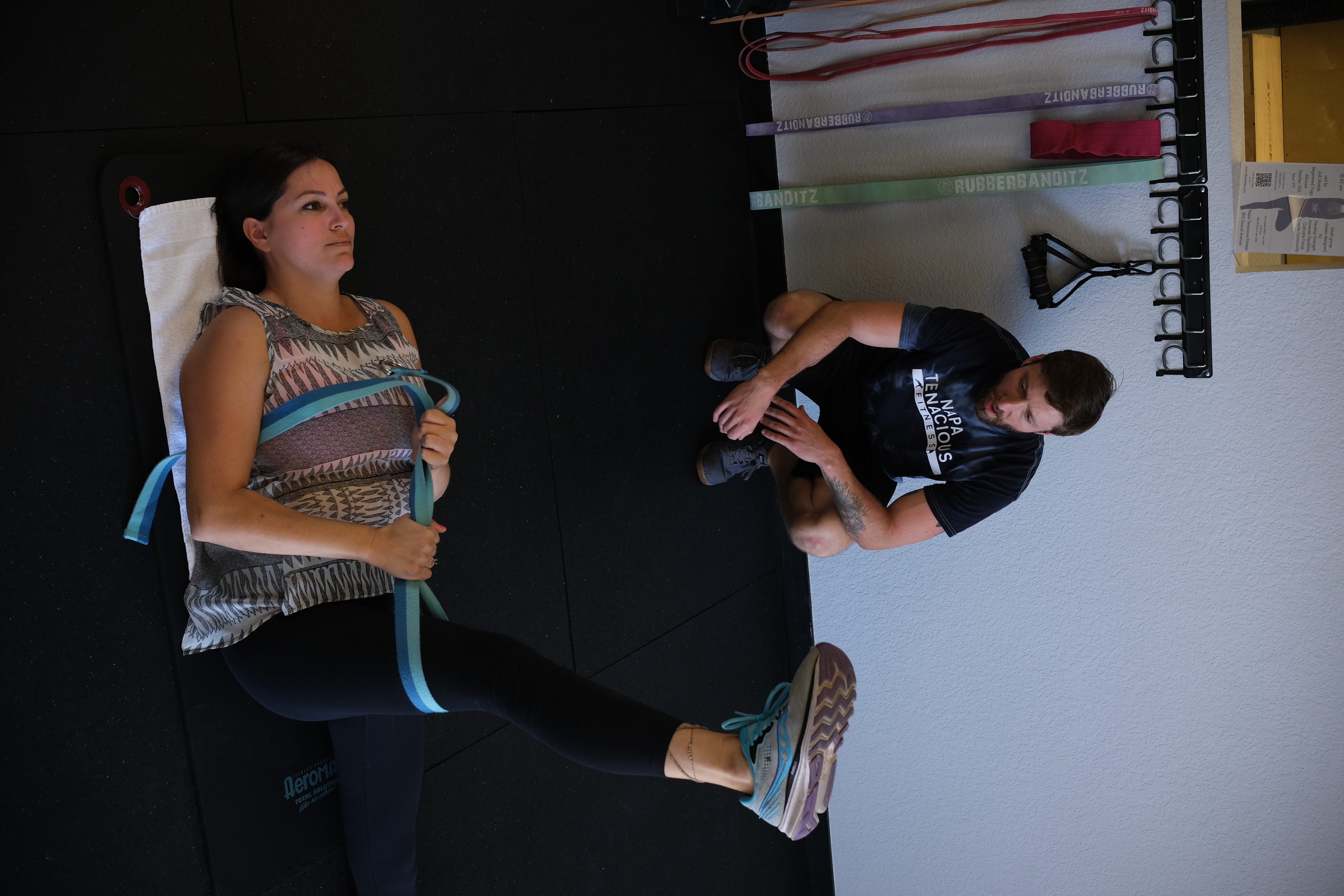The trials and tribulations of every day life present themselves in various ways from the moment we wake up to that restful point in the day when we close our eyes for a good night’s sleep. Getting to work on time, ensuring the kids have enough money for lunch at school, or completing the latest “do it yourself” in your home are just a few examples of things we need to keep track of, or else we can get set back in our productivity. Some would say keeping tabs on daily tasks can be a true “pain in the butt.”
Maintaining balance in family, professional, and lifestyle logistics requires reorienting and juggling to set an efficient flow of productivity. However, let’s not forget about the aspects of life that are literally and physically a pain in the butt. For the people who have dealt with lower back pain that has transferred into pain tracing down the back of the hip to the heal, this symptom of searing, sharp, “nervy” pain can reach the top of the totem pole in everyday life challenges. This pain originating in the buttock radiating to the back and lower extremities is sciatica. It is truly a pain in the butt.
Symptoms of sciatica present themselves when a sharp, searing, pinching pain is detected in the center of the butt cheek. Sitting, standing, or walking can produce sciatic symptoms that can last five minutes to a few hours. Unfortunately, sciatica can linger for a long period of weeks to months in a chronic presentation of pain that not only causes physical impairments upon movement but can also impose psychological and emotional distress on individuals afflicted with sciatica.
Fortunately, symptoms of sciatica can be decreased and potentially resolved by practicing injury prevention and rehabilitation techniques. To remedy this painful symptom, it’s beneficial to understand the origination of sciatica and why it can appear in our lives.
The sciatic nerve originates from the spinal root nerves budding out of the lumbar spine. These nerves converge to form one single nerve that travels down the end of the lumbar spine and passes the sacrum. After passing down the sacrum, this massive nerve travels underneath the gluteal muscles and the posterior aspect of the hip, down the back of the femur and tibia, and eventually ends at the heel. The size of the sciatic nerve gives note to the various areas of the back of the leg it innervates. One could imagine that compression applied to this nerve by either bones or muscles pushing over the top of it could introduce a sensation of pain. Similar to the sensation of hitting the funny bone of the elbow when sharp pain is produced from percussive forces pounding on the nerve, the sciatic nerve shares similar qualities of pain production when it is compressed.
Compressive forces could come from the simple act of sitting on chairs that disrupt the landscape in which our sciatic nerve covers the gluteal region. Hard-surfaced chairs or seats in our cars can press on the sciatic nerve, creating a sciatic-like symptom. One of the most common culprits in our body that contributes to sciatica is the piriformis muscle. Residing deep below the multiple layers of gluteal muscles, the piriformis is a significant rotational muscle of the hip that resides directly over the top of the sciatic nerve. Akin to all skeletal muscles in the body, once the piriformis is overworked, it can get tight. As the piriformis tightens up, it can push down on the sciatic nerve like a tight rubber band that has been wrapped around a finger one too many times. Also referred to as piriformis syndrome, this compression of the piriformis is one of the most common causes of sciatica.
To alleviate sciatica, prioritizing the reconditioning of the piriformis can produce beneficial recovery outcomes. Rehabbing a tight piriformis can be done through stretching and slow movement exercises to influence oxygenated blood flow to the strained site of the muscle to encourage recovery of the connective tissue residing around the piriformis. By stretching the piriformis, less compression is imposed on the sciatic nerve. And, by implementing rehabilitative movements to the piriformis, the architecture of the muscle can be structurally reinforced so it can endure the physical challenges of everyday life.
A simple and effective stretch we perform with our personal training clients is the supine knee tilt. Performing just five to ten repetitions of this stretch in a slow and controlled manner can mobilize the lower back and hips to alleviate sciatic symptoms:
Knee Tilt Stretch: Position yourself flat on your back on the ground with your arms extended and your knees bent. Tilt your knees to one side of the body as far as you can while keeping your knees and ankles touching. After a brief stretching sensation is experienced in the lower back and outer hip, alternate this motion to the other side. Repeat this movement for five to 10 repetitions on both sides of the body.
Sciatica is a pain in the butt, literally and figuratively. Emphasizing injury prevention and strength and conditioning to the core, lower back, and lower extremities can significantly decrease the likelihood of sciatica rearing its ugly face and help us live happier, stronger, and healthy lives.
Sean McCawley, the founder and owner of Napa Tenacious Fitness in Napa, CA, welcomes questions and comments. Reach him at 707-287-2727, napatenacious@gmail.com, or visit the website napatenaciousfitness.com.

